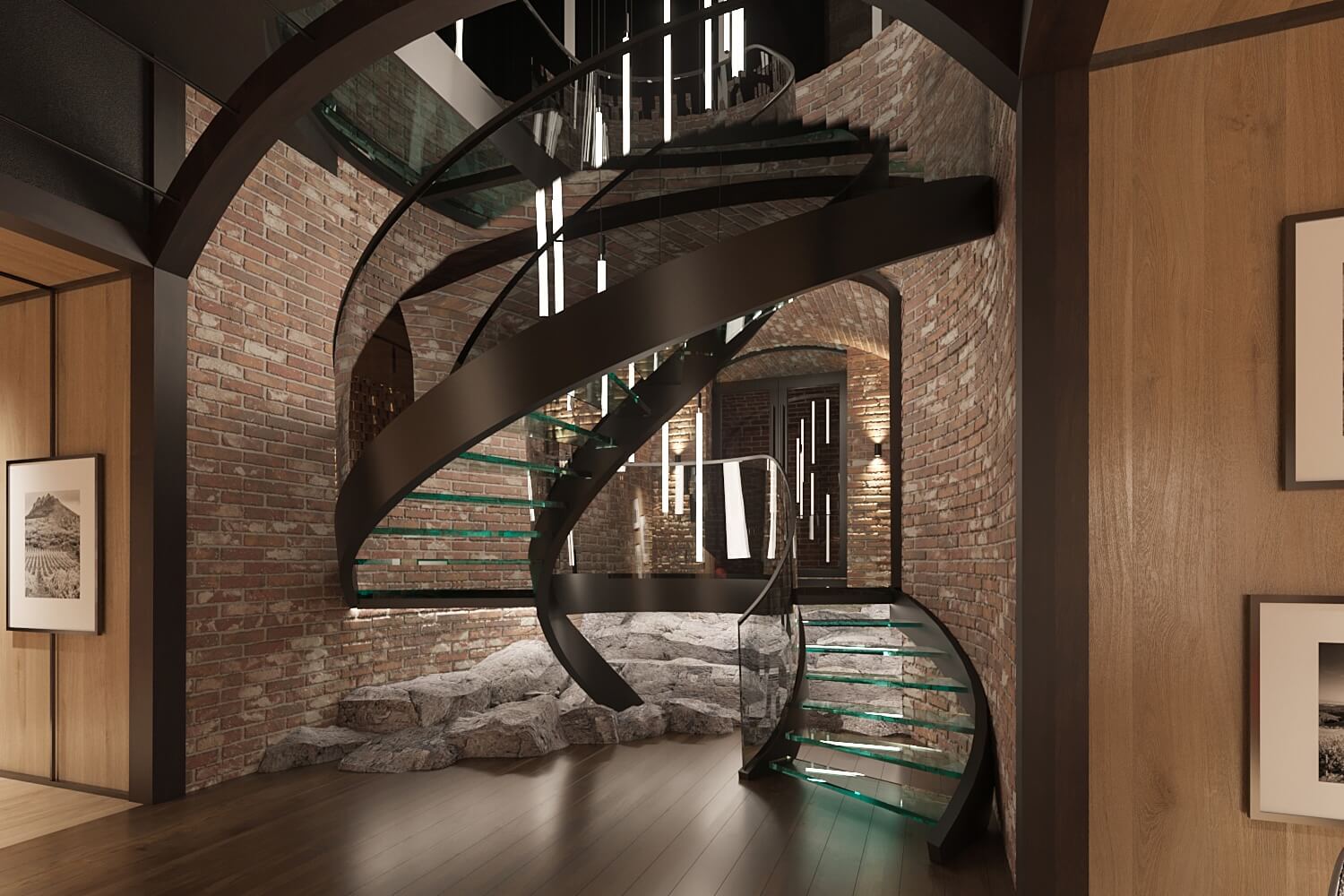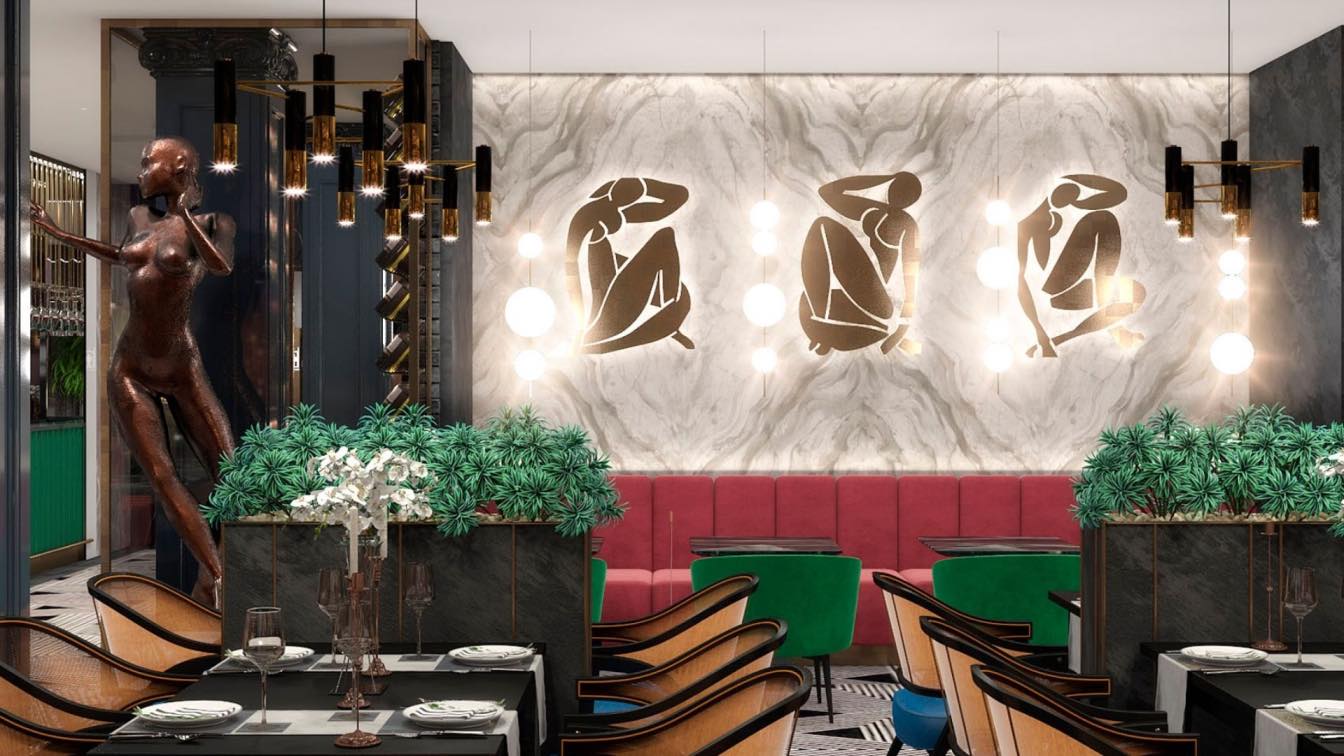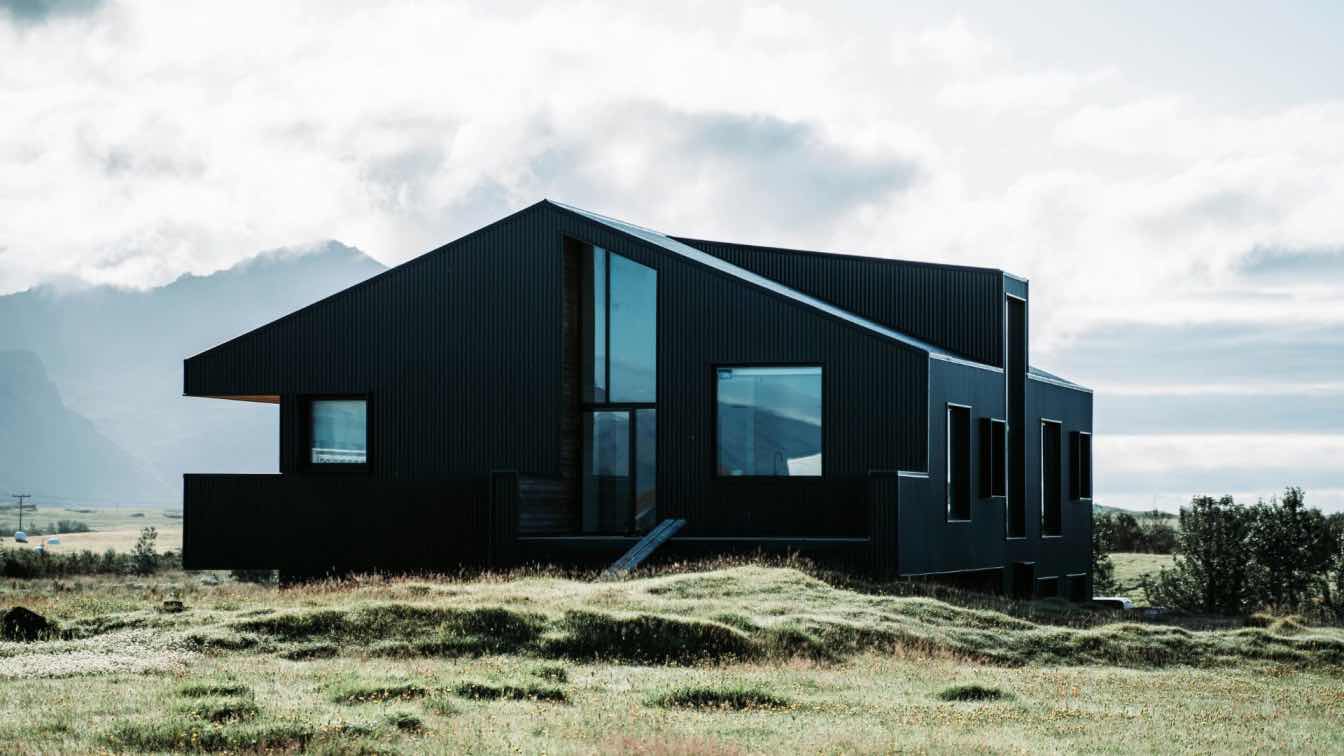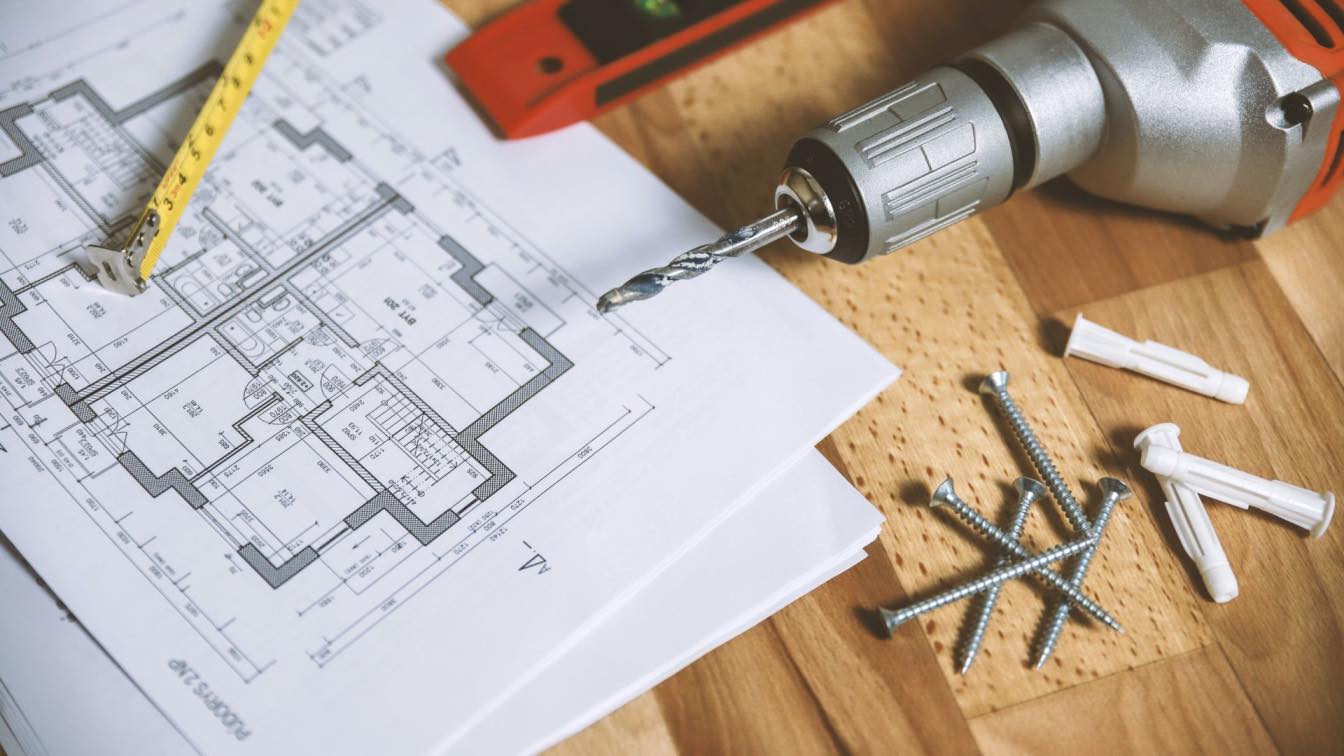We perceive our environment through all our senses. So even if it looks visually appealing, an environment that is too noisy, uncomfortable in temperature, or has strong odors won't provide a positive experience. To make the interaction with space more harmonious, a sensory approach to interior design can be employed, combining visual elements, scents, sounds, and tactile properties. Vadym Ziuziuk, a Ukrainian architect with 20 years of experience and the founder of Znak Design Studio, explains how sensory interior design works and why it allows for deeper interaction between people and their surroundings.
A look through the mystery
The visual impact of interior design encompasses numerous aspects, but I'll focus on an often overlooked yet fundamental nuance: a space that is overly straightforward becomes uninteresting for visitors. When a person can quickly acquaint themselves with a room upon entering, grasping its basic details, it soon loses its appeal. Therefore, it's crucial to create a mysterious atmosphere.

This ambiance should begin at the entrance, motivating guests to continue their journey. Ideally, one should avoid extremes of either overly small and confined spaces or excessively large areas. What contributes to this sense of mystery? Firstly, it's intricate details that beckon people to stop, examine, and even photograph. These may include graphic elements, decor, intricate color schemes, or objects of parametric design.
Secondly, it involves visual diversity: varying furniture formats, and decorating variations, which can enhance functionality. Individuals should have the option to choose comfortable and situation-appropriate tables and chairs or settle on a couch or window seat. Irregular natural forms, which can be replicated in decor using natural materials like untreated wood or live plants, work well for this purpose.
The third key aspect of creating an enigmatic environment is zoning. The more diverse zones there are, separated by curtains, partitions, or furniture, the more voluminous the space appears, and the more motivation there is to explore it. However, it's crucial not to overcomplicate matters with excessive mystique: an overly intricate, saturated, and convoluted space can intimidate.

To smell and remember forever
Scents possess the remarkable ability to transport us vividly into memories associated with them. Thus, incorporating aromas into interior design is an effective way to create a strong connection with a space. By the way, our sense of smell is evolutionarily the oldest sensory organ.
The spectrum of scents used within a space can be quite broad, provided they are appropriate and not overly overwhelming. It's not limited to just light aromatic blends or the scent of fresh flowers. For instance, in a restaurant's open kitchen, the aromas can stimulate the appetite, enticing us to savor the taste of dishes with anticipation. Moreover, observing the hands-on cooking process of a professional chef is quite a spectacle.
Pleasant aromas can emanate not necessarily from additional products but from interior materials, such as wood, for example. However, it's essential to avoid using materials that may emit unpleasant odors, such as certain types of plastics, or furniture treatment products. Additionally, attempting to overpower one scent with another should be avoided. Here, the ordinary "perfume rules" apply.

Sounds set the tone of space
Sound defines the overall atmosphere of a space, adding depth and significance to the places we inhabit. Conversely, the absence of sound can create a discomforting sense of emptiness.
Naturally, the first step is to eliminate disruptive noise within a room that can irritate and encourage people to leave. Ensuring soundproofing, incorporating textured fabrics that absorb sound, and selecting materials and furniture configurations that minimize noise generation are all essential considerations. Quiet doors and numerous other details play a role in achieving this.
The second fundamental aspect is the skillful use of background music as a popular tool in establishments to set a particular mood. It's crucial not to overdo the volume, assessing it in terms of appropriateness and conceptual relevance, as well as the potential impact on the emotional state of visitors.

Mutual tactility
Tactile perception is perhaps the most multifaceted because through touch, a person can discern texture, temperature, humidity, material density, and more, all of which influence the impression of a space. For instance, tactile interaction with metal or leather can vary significantly depending on the room's temperature, while fabrics tend to be more versatile in this regard.
Our interaction with space and the objects within it is not just about touching but also involves applying force. We exert pressure as we walk on the floor or ascend stairs. A soft carpet and tiles provide entirely different sensations. Taking all safety nuances into account, working with the incline of the floor can enhance the sensation of foot contact, regulate walking speed, and direct the gaze downward, thus drawing attention to the floor's appearance. Stairs are an active tool for playing with sensations related to vertical movement and their impact on our perception of space.
Spaces tailored to the human sensory experience can deepen the interaction with them, making it more accessible. When we interact with a space, we not only better perceive the space itself but also our presence within it. Integrating all sensory organs into interior design allows for a more profound quality of this interaction.







